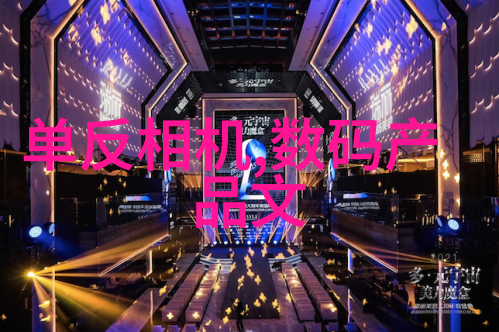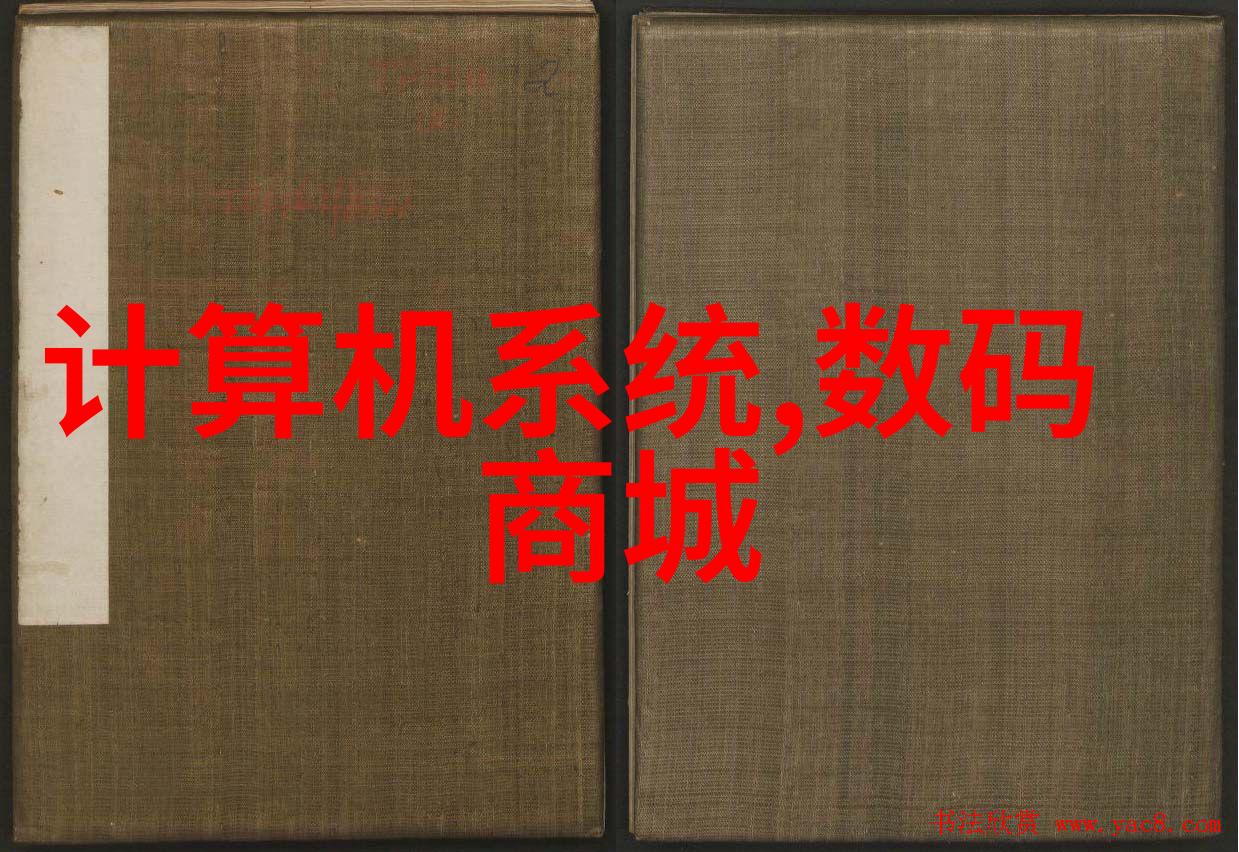
社区清新源小区饮水机投放方案下的EDI纯水设备
EDI纯水设备系统,作为反渗透技术之后的高效纯化装置,它不仅取代了传统混合离子交换技术(MB-DI),而且在应用中展现出了诸多优势。相比于混合离子交换技术,EDI纯水设备具有更为出色的稳定性,其出水质量一致可靠,不受再生周期影响。同时,EDI系统实现了全自动控制,无需停机再生,大大提高了生产效率。此外,由于不需要化学药品进行再生和维护,对环境友好性也得到了显著提升。

ED pure water device technology has a long history of development, which can be divided into three stages. The first stage is pre-treatment followed by ion exchange and reverse osmosis (RO). In the second stage, pre-treatment is followed by RO and then ion exchange. The third stage, which we are in now, is characterized by the combination of pre-treatment, RO and ED devices.
The traditional method of using ion exchange to purify water has been widely used for many years as the standard process for producing high-purity water. However, this method requires periodic regeneration with large amounts of chemicals (acids and bases) and purified water. This not only increases operating costs but also generates wastewater that poses environmental concerns.

As a result of these limitations, the membrane-aided ED technology has emerged as a new approach to water purification. By combining both membrane filtration and resin-based ionic exchange technologies, ED systems can effectively remove impurities from raw water without relying on chemical regeneration processes.
The working principle of an ED system consists of several key steps: First, raw water enters the system where it flows through both resins/membranes inside while another part moves along the outer side to wash away ions that leak out through membranes. Secondarily, resins in an ED system capture dissolved ions from incoming raw waters.

In addition to its effectiveness in removing impurities from raw waters without requiring chemical regeneration or frequent maintenance procedures performed during operation cycles with lower running expenses than other types offered at present time; they offer better space efficiency due less need for large storage tanks since all cleaning materials will come directly from within itself rather than needing external supply sources like commercial establishments do when their equipment fails so users may continue production smoothly even after some unexpected downtime occurs because there’s no more room left available anymore once everything else gets consumed completely before next scheduled maintenance period starts again otherwise people might end up wasting valuable resources unnecessarily waiting around hoping things would improve over time naturally rather than taking proactive steps towards fixing problems right away just as soon possible given current technological advancements available today let alone tomorrow when future innovations become reality too!




